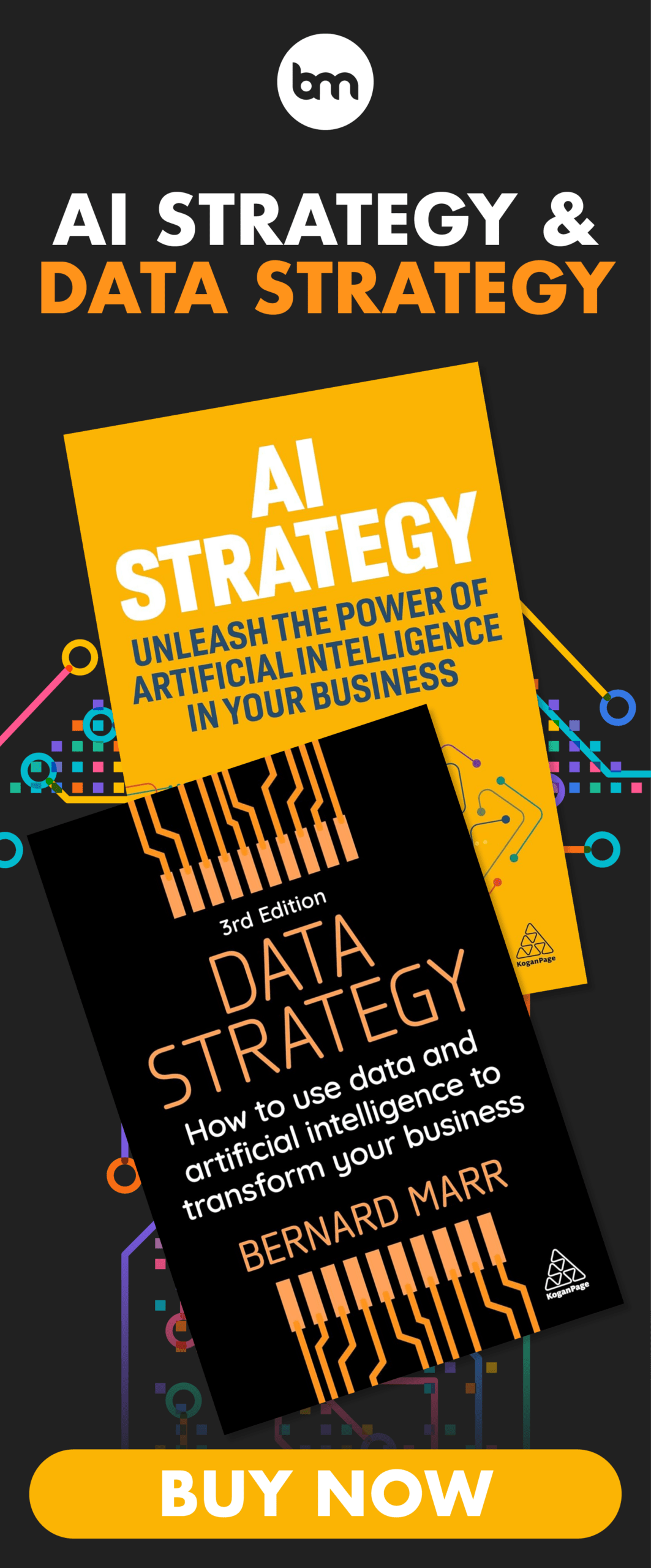Balanced Scorecard As A Leadership Tool
2 July 2021
Some tips for managers on using a balanced scorecard as a management tool.
The success of balanced scorecard theory throughout the business world can in large part be attributed to its potential as a leadership tool. Used to its best effect can have a powerful impact on any size of organisation – and here’s some tips on how to use it.
Managers who see it as a ‘quick fix’ will be disappointed – the balanced scorecard needs to be planned carefully, used wisely and developed as part of a larger sea change in your organisational strategy.
The balanced scorecard and goal-setting
A large part of a balanced scorecard – which is explained more fully elsewhere on this website – comes from setting goals and targets. At a top level, these will apply for the organisation as a whole, but lower down a manager will set his people goals and targets that support those of the organisation.
One problem with traditional target setting as opposed to the balanced scorecard is that people work to them at the expense of other things. Salespeople focusing solely on their sales figures may improve your bottom line, of course, but if it means a fall in customer service standards, or ignores their personal development, then it could lead to a long-term decline in the business’s performance.
Setting goals and targets across a balanced scorecard avoids this problem because it reduces the reliance on one single performance measure. While a manager may keep a sales target as a key performance indicator, including other targets across a basket of measures – thinking about the customer’s perspective, the internal business process perspective and the innovation and learning perspective.
Before you implement the balanced scorecard
To be successful, you need to fully prepare your business for the balanced scorecard and vice versa. You’ll need to decide, with senior managers and other stakeholders, what your organisation’s goals and targets are. You’ll need to do a lot of analysis and consideration – and then do the same for the processes that will be needed to support it.
You’ll then need to communicate the processes, and their rationale, to your people. The better you have prepared your processes and the more you have thought out your balanced scorecard approach, the easier this will be. But for the change to be successful it will need the cooperation of your entire team.
Moving forward with a balanced scorecard
Finally, it cannot be emphasised enough that a balanced scorecard approach needs to be continually worked on. If it is introduced and then forgotten it will have no effect. The measurement of goals and targets needs to be continuous, as does the development the scorecard shows is needed.
Using visual aids like the dashboard and the ‘traffic light’ systems can give your people a clear focus of where they are doing well in their jobs and where they need to develop. It can be a hugely successful motivational tool, as well as one that supports the success of your organisation – even if it is hard work.
Balanced scorecards at the Advanced Performance Institute
Fortunately, you do not need to do all the hard work involved in balanced scorecards alone.
Related Articles
AI Chatbots Are Quietly Creating A Privacy Nightmare
By now, “smart” versions exist of just about every home appliance, gadget and gizmos we can think of. However, manufacturers continue[...]
What Is Zero Click And Why Is It Turning Marketing On Its Head?
By now, “smart” versions exist of just about every home appliance, gadget and gizmos we can think of. However, manufacturers continue[...]
How Globant Is Reinventing Professional Services With AI Pods And Subscription Models
By now, “smart” versions exist of just about every home appliance, gadget and gizmos we can think of. However, manufacturers continue[...]
20 Game-Changing AI Tools Every Small Business Leader Needs Now
By now, “smart” versions exist of just about every home appliance, gadget and gizmos we can think of. However, manufacturers continue[...]
New Study Reveals True AI Capabilities And Job Replacement Risk
By now, “smart” versions exist of just about every home appliance, gadget and gizmos we can think of. However, manufacturers continue[...]
How Generative AI Will Affect Jobs In Restaurants And Hospitality
By now, “smart” versions exist of just about every home appliance, gadget and gizmos we can think of. However, manufacturers continue[...]
Sign up to Stay in Touch!
Bernard Marr is a world-renowned futurist, influencer and thought leader in the fields of business and technology, with a passion for using technology for the good of humanity.
He is a best-selling author of over 20 books, writes a regular column for Forbes and advises and coaches many of the world’s best-known organisations.
He has a combined following of 4 million people across his social media channels and newsletters and was ranked by LinkedIn as one of the top 5 business influencers in the world.
Bernard’s latest book is ‘Generative AI in Practice’.










Social Media